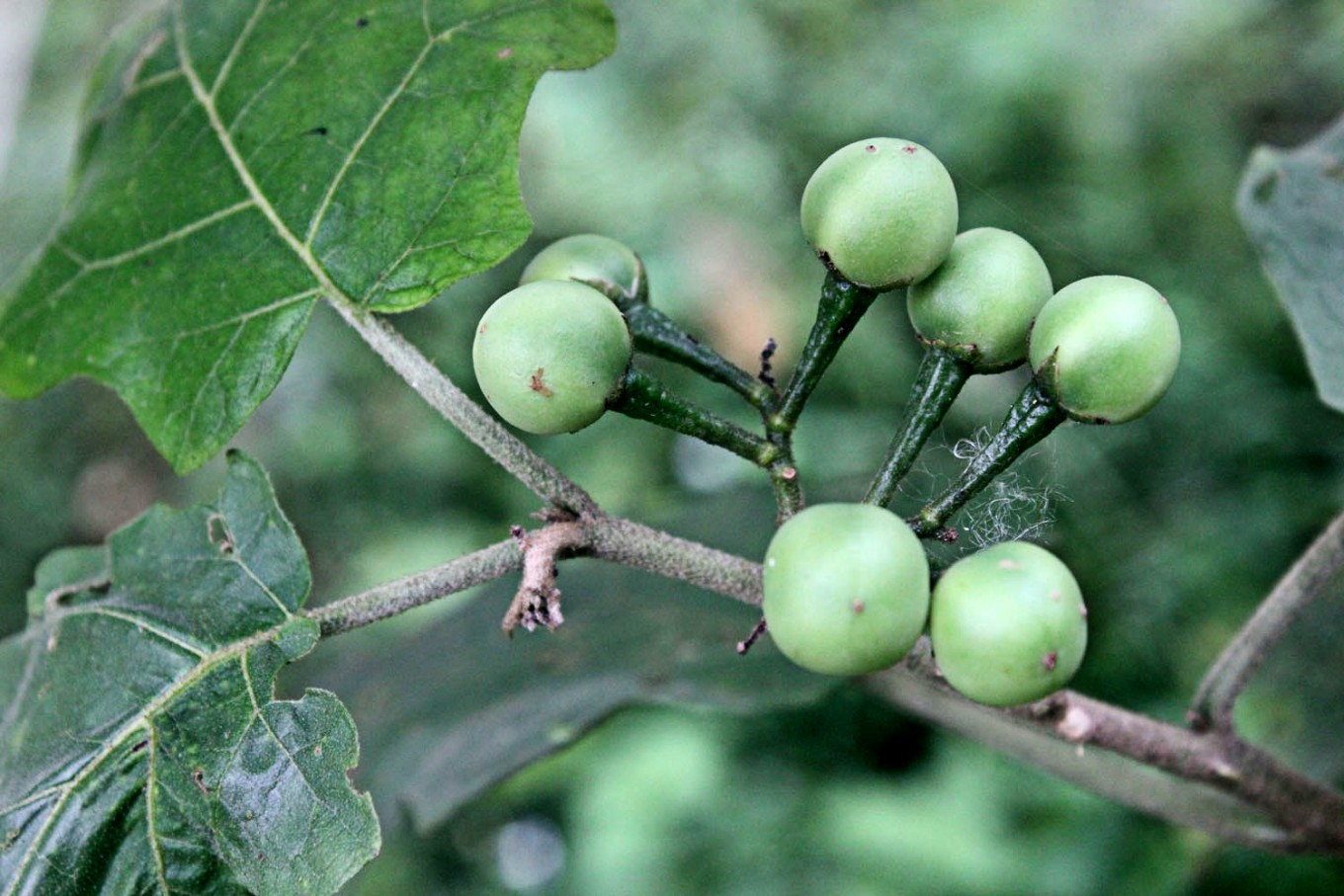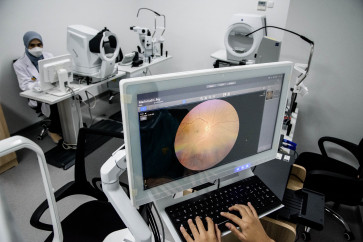Indigenous vegetables in W. Java with health benefits
Change Size
 Non-chemical medicine– Yuni, 30, a resident from Cimandala village, Bogor regency, picks shield aralia, a nutritious indigenous vegetable plant locally known as mangkokan, from her backyard. (JP/Theresia Sufa)
Non-chemical medicine– Yuni, 30, a resident from Cimandala village, Bogor regency, picks shield aralia, a nutritious indigenous vegetable plant locally known as mangkokan, from her backyard. (JP/Theresia Sufa)
A
t least 24 indigenous vegetables in West Java, namely Bogor, have yet to be widely produced; however, it’s getting increasingly difficult to find these plants.
Indian camphorweed, locally known as beluntas, wild cosmos (kenikir or sintrong), torch ginger (kecombrang), centella or gatu kola (antanan or pegagan), jocote or purple mombin (kedondong Cina) leaves, shield aralia (mangkokan) and turkey berry (takokak), which is rich with phenolic acid and other antioxidant substances, are among the grouping of the 24 plants.
A professor from Bogor Agricultural University (IPB), Nuri Andarwulan, said West Java was one of provinces, which played an important role in producing vegetables.
Initially, the so-called indigenous plants came from areas outside Indonesia, but they had evolved with the country’s climate and geographical conditions, she explained.
Nuri said these indigenous vegetables had nutritional elements, which were useful physiologically. Bioactive components, which are included in the plants, can protect cells from illnesses. The plants can also cure certain diseases.
People could receive health benefits by consuming these vegetables routinely. However, disease prevention is usually received after the plant has been processed into pharmaceutical products.

Nuri said West Java had 287 indigenous plants, 180 of which had been recorded and collected by IPB’s field laboratory in Banteng village, Mount Leutik, Bogor.
“Of the 180 plants, 24 of them produce consumable vegetables,” she said.
Based on research conducted by IPB’s field laboratory, almost all indigenous vegetables are sources of chemical compounds, which contain physiological and pharmacological health benefits.
“Our research results, on the power of bioactive components in indigenous vegetables, revealed wild cosmos has the highest level of flavonoid followed by jocote and Indian camphorweed,” said Nuri.
“Wild cosmos and Indian camphorweed also have the highest levels of antioxidants.”
Meanwhile, turkey berry contains substances which are useful in curing prostate infections. An increase in vegetable consumption correlates with lower risks of heart problems, stroke, arthritis and enteritis or intestine inflammation.
While the indigenous plants have not been widely used, Nuri said it was becoming difficult to find indigenous vegetables, such as Indian camphorweed and shield aralia.
A researcher from the Community Nutrition Department at IPB’s School of Ecology, Rizal Damanik, said there should be an increased effort to introduce the benefits of indigenous vegetables the community. They should learn how to use these plants. Some vegetables can be eaten raw but others must be processed before consumption.
“We can't let the indigenous vegetables go extinct before we can properly use them,” he said. (ebf)









